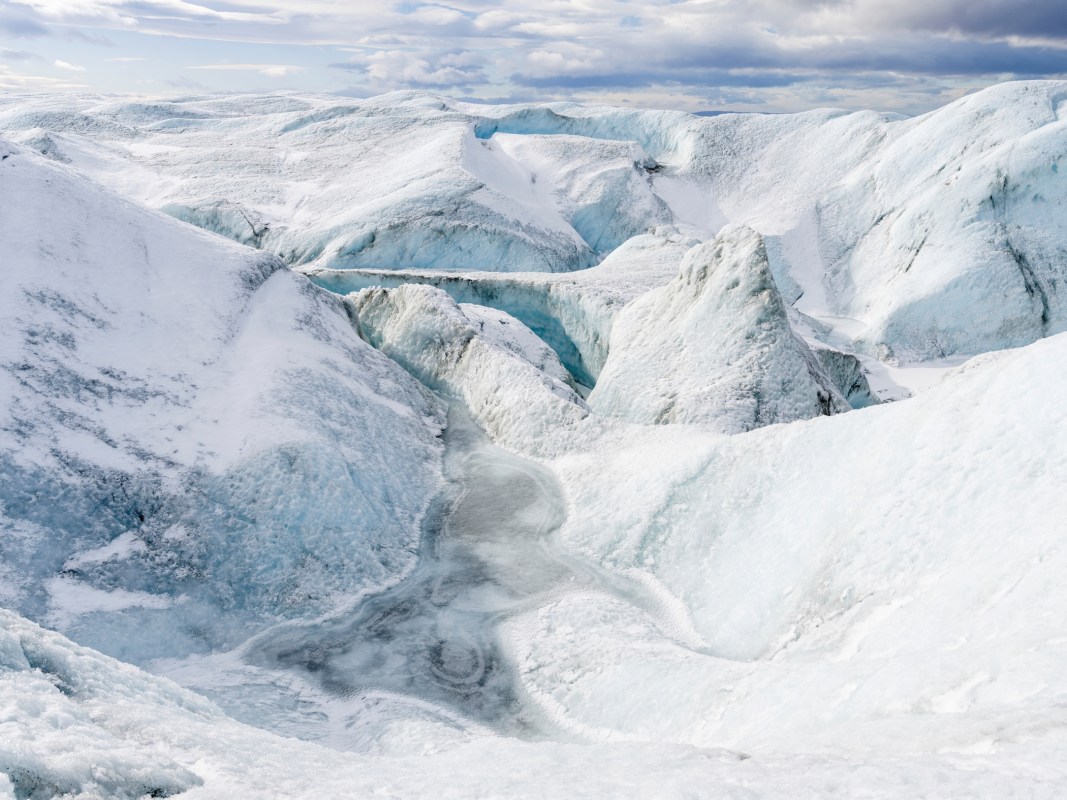Monitoring the melting of the Arctic ice requires some humans to spend time in the most isolated pockets of the world. In Greenland, scientists and Danish military troops keep everything running, and find creative ways to stay active, social, and entertained when there are no other human beings for miles.
Some scientists are predicting that Arctic summers could be ice-free altogether within the next several decades, making this type of work all the more necessary. At Station Nord, a Greenland outpost nearly 600 miles away from the North Pole, a grand total of six soldiers takes two-year tours maintaining the headquarters. The only company they have over the winter are two dogs. Come summertime, scientists arrive and breathe more life into the wilderness outpost.
How does one stay busy in the frozen middle of nowhere? There’s the annual celebratory pig roast and Arctic medieval games to play. Plus each Saturday, residents of Station Nord must dress their best and wear a shirt and tie to dinner.
Thanks for reading InsideHook. Sign up for our daily newsletter and be in the know.


















